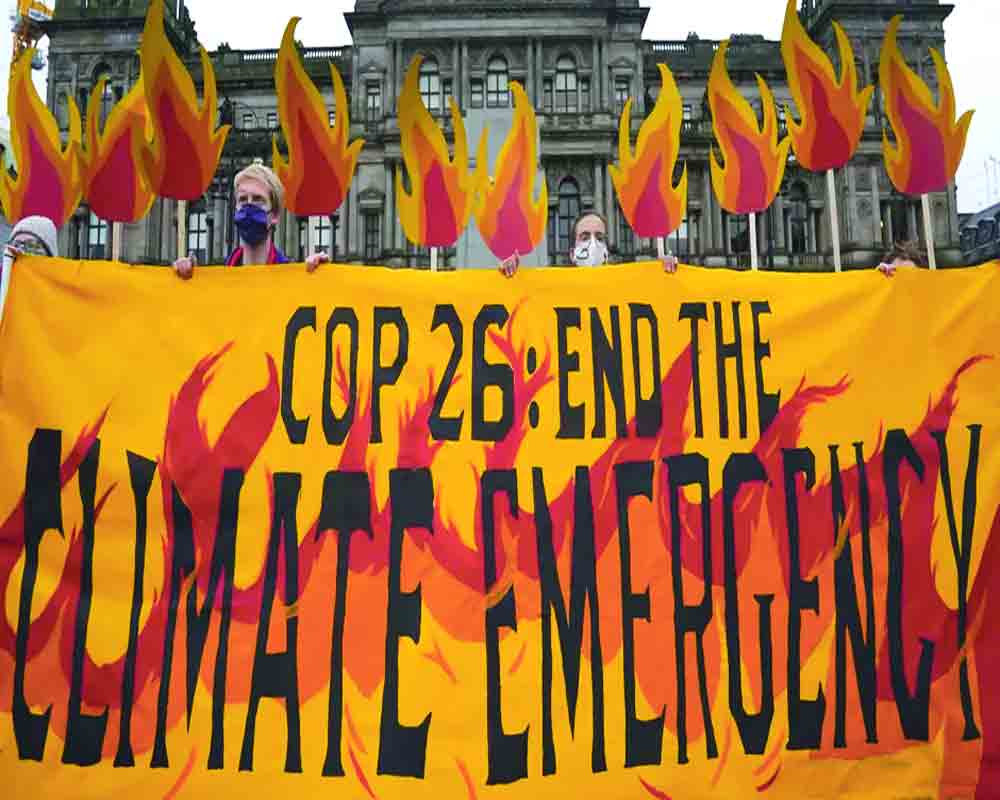There’s a fifty-fifty chance that the warming will be limited to 1.8°C if the promises are kept
It's not too early to assess the success or failure of COP26, the climate summit that began in Glasgow on 31 October. The first week, while the heads of state are there, is when all the big promises are announced; the second week is devoted to haggling over the details of the deals. So, we already know that it hasn't been an absolute failure.
Forty-six countries (not including China, Japan, India, Mexico or Australia) have promised to phase out coal power by the 2030s "or as soon as possible thereafter".
The world's biggest and third biggest emitters of carbon dioxide, China and India, pledged to achieve 'Net Zero' emissions by 2060 and 2070 respectively, although the runaway train may have left the station by then. (Most countries' Net Zero commitments are for 2050.)
Only 12 years late, the rich countries said that in another couple of years they will finally keep their promise to provide $100 billion a year to poor countries so they too can play their part in cutting emissions. And more than one hundred leaders agreed to end deforestation by 2030.
It isn't great, but it's better than a poke in the eye with a sharp stick, and the International Energy Agency calculates that if all the promises and pledges are kept in full and on time, there is a fifty-fifty chance that the warming will be limited to 1.8°C higher average global temperature.
That's well north of the declared target of +1.5°C, and too close for comfort to the 'never exceed under any circumstances' level of +2.0°C. However, the commitments in place before the conference were practically guaranteed to result in an eventual rise of 2.7°C, so it's a better result than most people had expected.
That's the good news. Here's the bad news.
'Nature', one of the world's most respected scientific journals, did an anonymous survey of the 233 climate scientists who wrote the massive 'Sixth Assessment Report', which provided the science to which this conference is responding. Sixty per cent of them said that they expect the world to warm by at least 3°C by the end of the century.
Only 20 per cent of the scientists said they expect nations to limit global warming to +2°C. A mere 4 per cent said they thought the world might actually manage to stop the warming at +1.5 °C. And 82 per cent of the scientists who replied said they expected to see catastrophic impacts of climate change in their lifetime.
I'm not in the least surprised by these responses, because for the past year I've been interviewing climate scientists for a new book and television mini-series I'm working on.
They try to stay positive, and they work very hard. There has been an extraordinary expansion in our understanding of how climate has worked in the deep past and how it works right now. There is a cascade of new technologies for making carbon-neutral energy sources, decarbonising the food system, even taking carbon dioxide and methane back out of the air. But they also remember that on no previous occasion have all the promises and pledges made at these conferences been kept in full and on time.
And they know that more than half the 'anthropogenic' carbon dioxide that the human race has put into the air has been emitted SINCE we all learned that we were causing dangerous warming in 1990. I wouldn't even buy a used car from this species, let alone trust them with a planet.
So the scientists, and the rest of us too, walk a fine line between hope and despair, with occasional bursts of silent rage. But that is the human condition.
(Gwynne Dyer's new book is 'The Shortest History of War'. The views expressed are personal.)
























